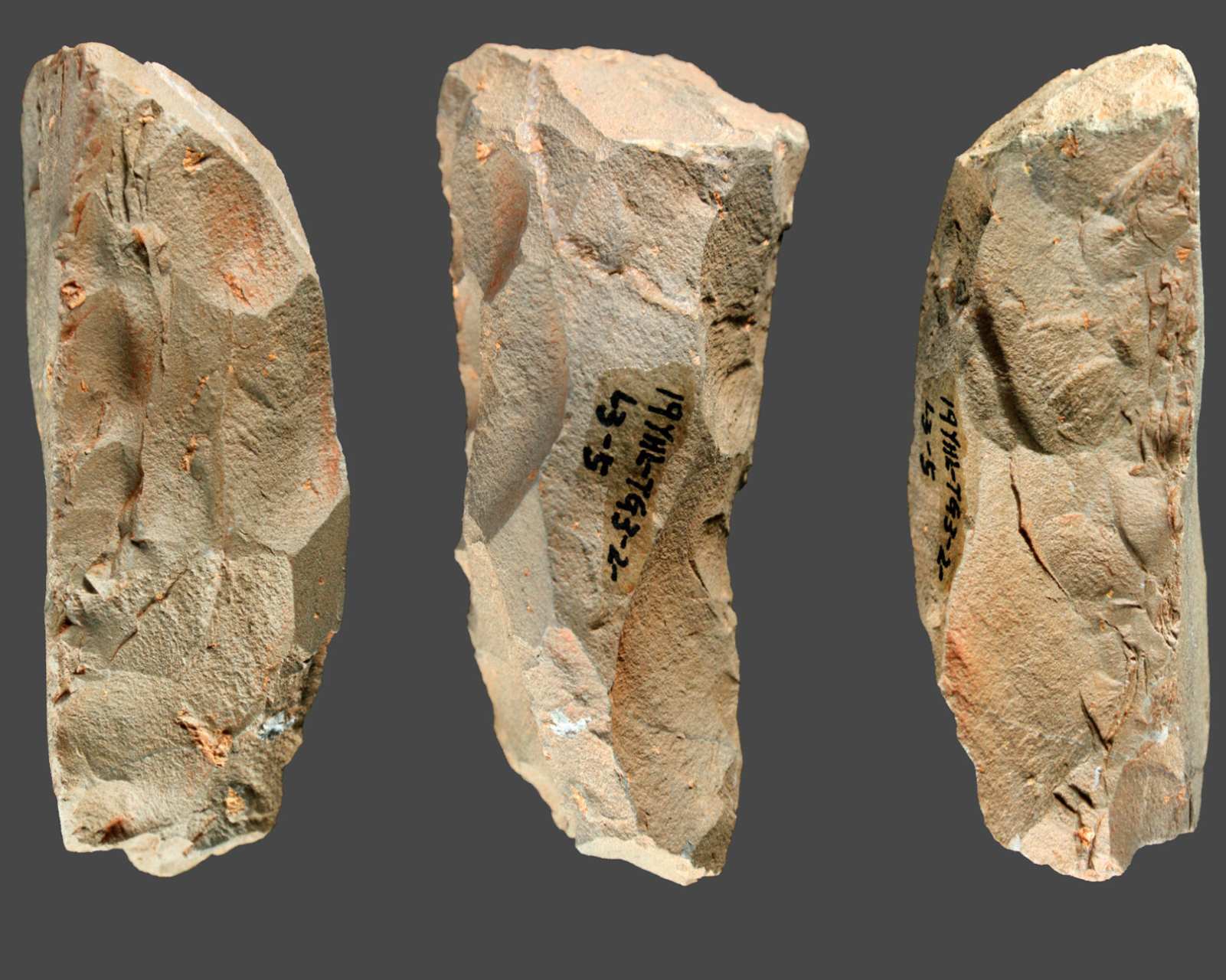

A groundbreaking discovery in southwest China has revealed that an unknown early human species was using advanced tools once thought to be unique to Neanderthals in Europe.
The find challenges long-held beliefs about technological development in East Asia during the Middle Paleolithic period.
At the Longtan archaeological site, researchers uncovered a complete set of stone tools known as the Quina technological system – thick, sharp-edged tools previously found only in Europe and the Middle East.
The tools have been dated to between 50,000 and 60,000 years ago, the same period when Neanderthals were using similar tools in Europe.
The study, led by Hao Li of the Institute of Tibetan Plateau Research and Qijun Ruan of the Yunnan Provincial Institute of Cultural Relics and Archaeology, was published March 31 in the Proceedings of the National Academy of Sciences.
“This is a big upset to the way we think about that part of the world in that period of time,” said Ben Marwick, a co-author and professor of archaeology at the University of Washington. “It really raises the question of, what else were people doing during this period that we haven’t found yet?”
The Quina tools, especially the scrapers, are known for their thick, asymmetrical design and sharp edges. Early humans used them to scrape hides, cut meat, and work wood, bones, and antlers.
Microscopic wear on the Longtan scrapers matches traces found on tools from Neanderthal sites in Europe, suggesting similar uses.
Several scrapers and the leftover materials from their creation were found at the Longtan site. Their design shows they were resharpened and reused, indicating practical knowledge and resourcefulness.
Using optical luminescence dating, researcher Bo Li of the University of Wollongong confirmed that the tools date back about 55,000 years. That places them in the same era as European Quina sites.
To understand the environment, Keliang Zhao from the Institute of Vertebrate Paleontology and Paleoanthropology studied ancient pollen from the site.
His findings suggest a cool, dry, open grassland landscape – much like the environments where Neanderthals used Quina tools in Europe.
A separate find from Guanyindong Cave in south-central China revealed Levallois tools – another sophisticated method of shaping stone that was previously considered rare in East Asia.

Together, these discoveries suggest that early humans in East Asia were more technologically advanced than previously believed.
“The idea that nothing has changed for such a long time in East Asia also has a tight grip on people,” said Marwick. “Now maybe there are some scholars who are interested in questioning those ideas.”
The biggest mystery remains: Who exactly used this technology in East Asia? No human bones or DNA have been found at the Longtan site, so scientists can’t say for certain.
Neanderthals are not known to have lived in East Asia. That points to other possible candidates, such as Denisovans – an extinct human species identified from fossils found in Siberia, the Tibetan Plateau, and Southeast Asia—or perhaps even a previously unknown group.
“Could we find a Denisovan, which is another kind of human ancestor? If we can find the human remains associated with this period, we might find something surprising—maybe even a new human ancestor that we don’t know about yet,” Marwick said.
Another open question is whether the technology was invented locally or introduced from outside. If future excavations uncover earlier versions or experiments in Quina-style tools, it would suggest local development. But if the tools appear suddenly, it might mean the knowledge came from another group.
As archaeology in China continues to expand and align with global research methods, more discoveries like this may surface.
Whoever these early toolmakers were, they proved to be skilled, adaptable, and capable of meeting the demands of their environment. Their story is still being uncovered – and may reshape what we know about human evolution in East Asia.
